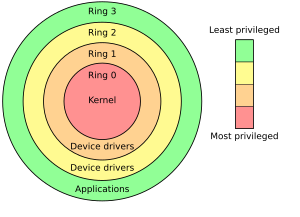--Originally published at Sebastian Luna
I am currently developing a project that started with one of our professors, Sergio Hernández.
He started Estación Meiquer to give Social Service hours to ITESM GDA students. I was lucky to be one of them, because it covers topics I really like.
But for about a year now, we wanted to do more than giving Social Service hours, we see that there is a need for kids to change the way they think and the way they learn. We see everyday the consequences of a bad educational system, even here, at my school; there hasn't been a single time where partials are comming, and I see students studying from very specific questions and exercises (it took me a few semesters to realize they were studying from exams). I've seen students that take pictuers of the exam as soon as it's on their hands, before making it and after the professor gives them back so we can check our mistakes. What went wrong? Why is it more important to get an exam or find really clever ways to copy, than actual learning? Why is a number (grade) more important than all the effort someone can make on a whole semester learning by experimentation or research? Why aren't we allowed to make mistakes? We're not perfect, we learn from mistakes, I can tell you that the things I remember or learned the most, are things I struggled with, I had to find a way to solve it or I f*cked up really bad.
Our project is called Estación Meiquer, our goal is for kids to develop skills that, according to the World Economic Forum, will drive the 4th Industrial Revolution. These skills are:
- · Problem solving
- · Continue reading "Revolution, TC2027"




